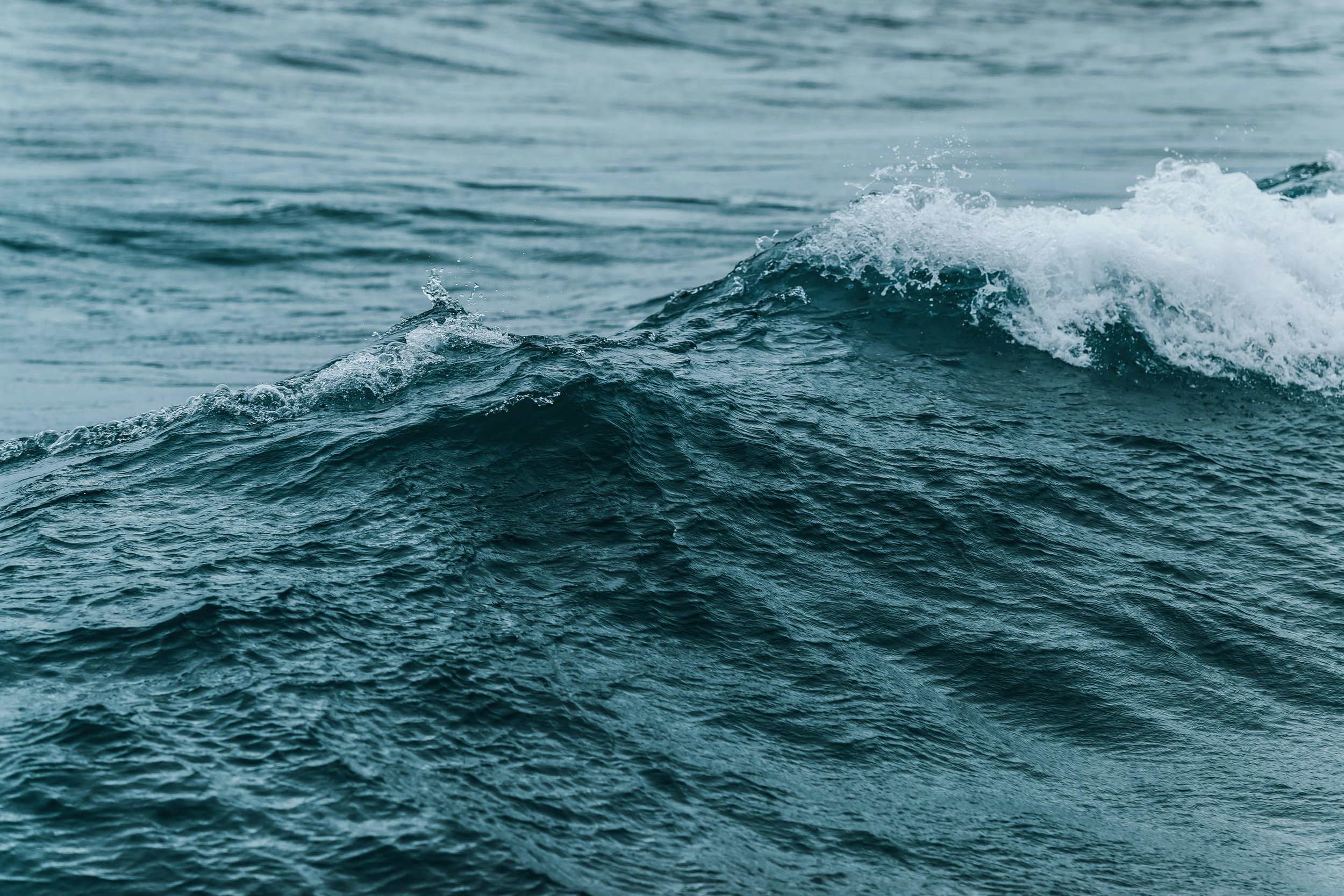
Technical Yacht Management
We coordinate and supervise routine maintenance onboard yachts, deal with safety issues and manage classification of the vessel
Our technical support
At Aya Marine Yacht Management, we visit your yacht on a regular basis. During that visit, we go through an extensive check list with your crew and visually inspect all the major technical items of your yacht. We also talk with your crew members, determining whether there are technical issues that have not been raised before via email or phone.
At Aya Marine Yacht Management, we coordinate and supervise routine maintenance onboard yachts, deal with safety issues, manage classification of the vessel, and follow up with the regulatory bodies. We also help organize the full maintenance and technical work onboard vessels.
We have many years of experience in working with all types of contractors from around the world. Because of this, One-to-One Yacht Management has created a portfolio of very reliable contacts within the yachting industry worldwide. These contacts can be utilized for your boat, so its repair or service can be prioritized when the need arises.
Our support services include:
Scheduling of regular service and maintenance
Monitoring of satisfactory completion of works
Emergency technical support
Annual flag state surveys and safety audits
Research of specialist yards, cost, and availability, complete with estimate comparisons
Extensive international contact book of yards, approved engineers, suppliers, and specialist system technicians
Advisory services in cases of insurance and warranty claims
Close working relationship with major classification societies
Regular updates and progress reports throughout all works
Planned Maintenance System
We can also set up your Planned Maintenance System. We will enter into our powerful software every maintenance task that will need to be done for every piece of equipment on the vessel. A good PMS give you the assurance that every piece of equipment is maintained the way it is supposed to be and optimizes the chances not to have big technical problems in the future.
As an example, on a brand new 70-meter yacht, there are about 150 pieces of equipment that require about 400 maintenance tasks to be scheduled. This clearly requires to be organized and scheduled.
